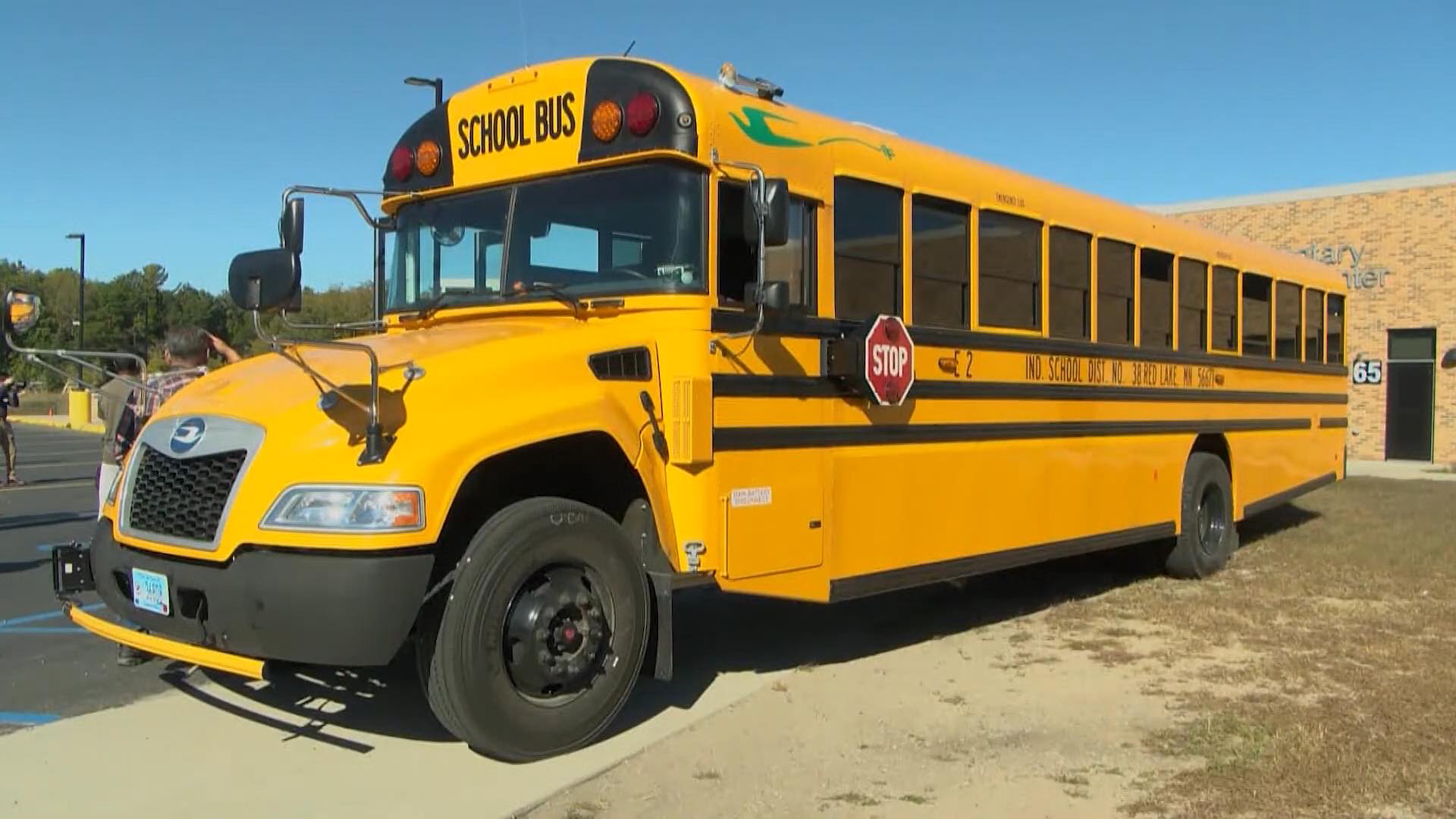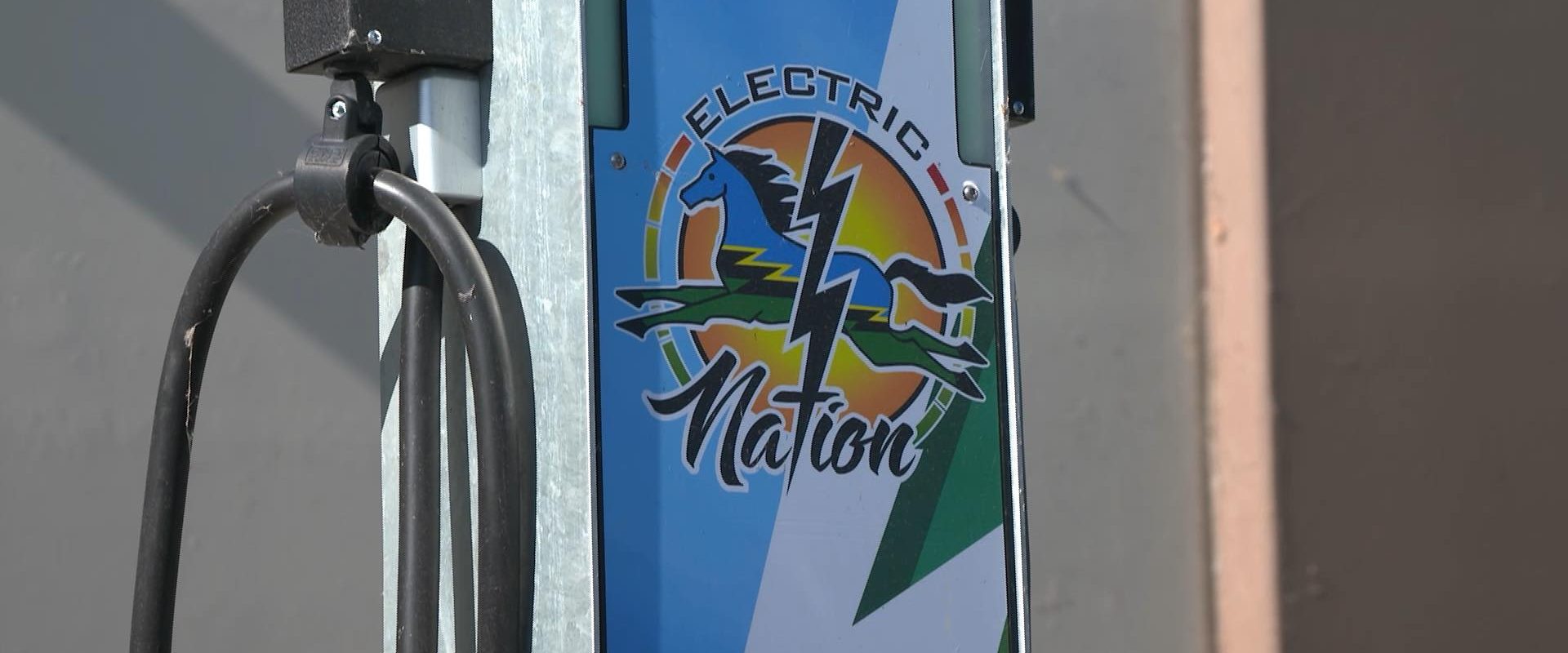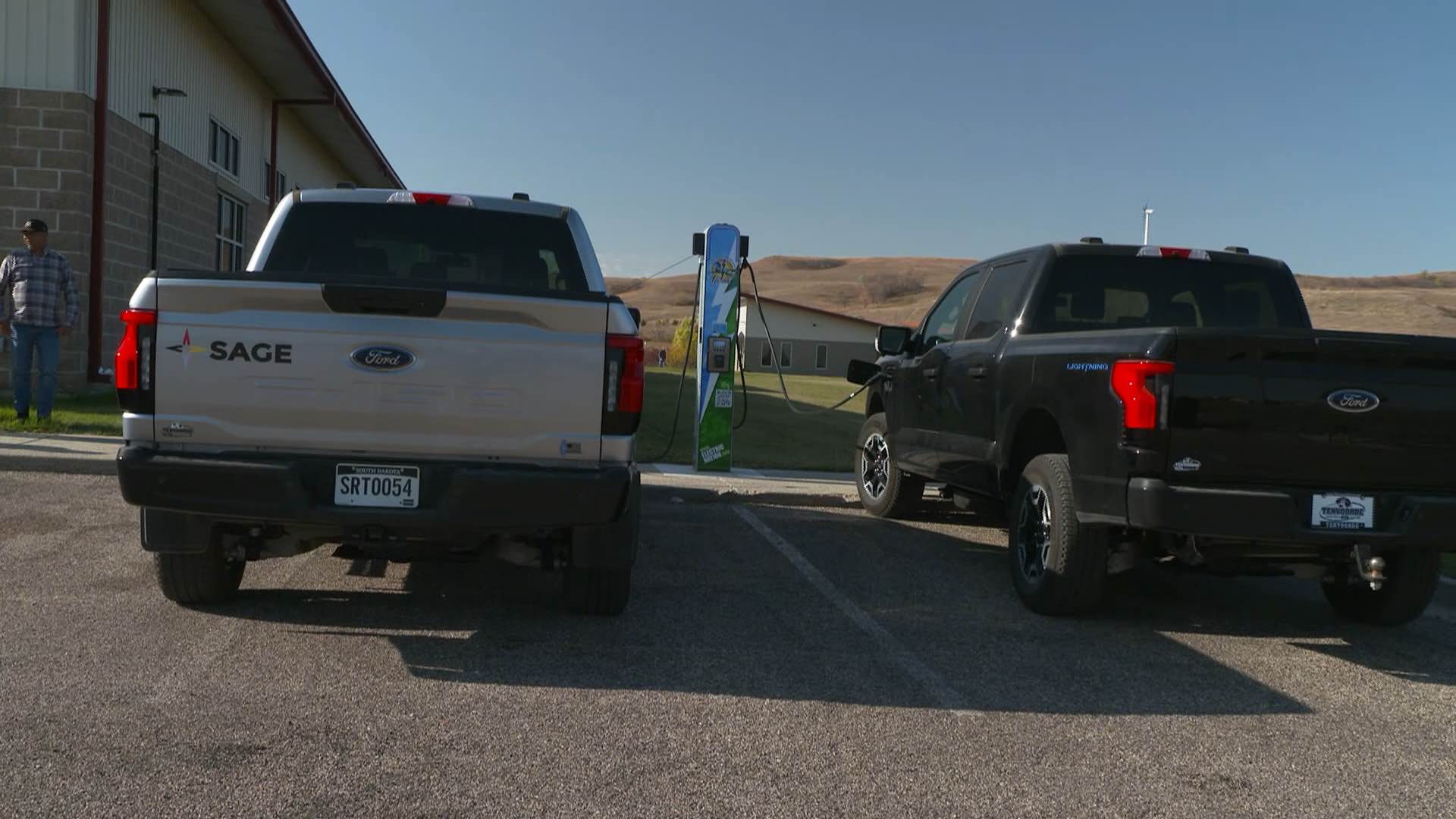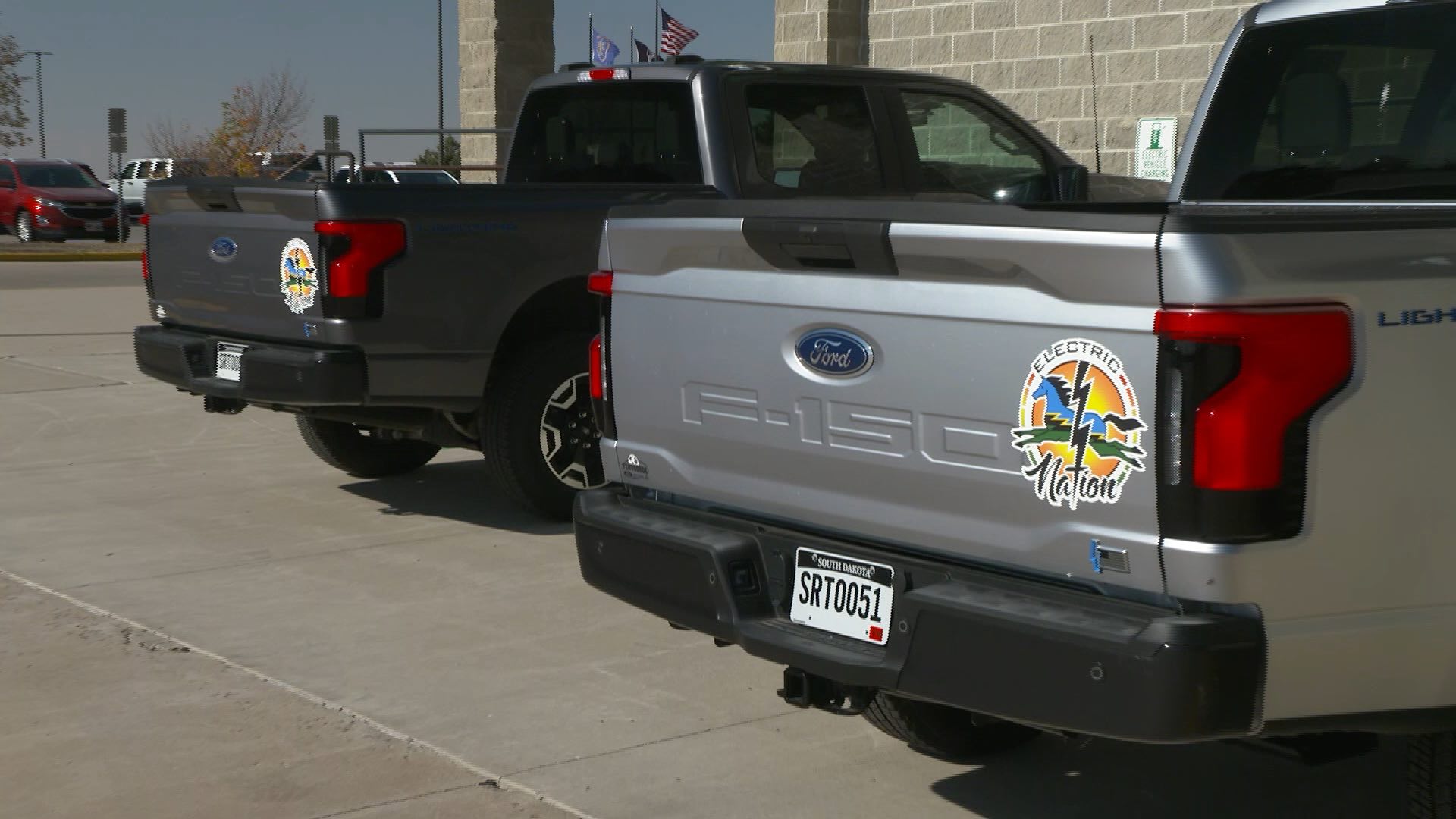Blythewood High School Making Biodiesel
With so much focus on the development of electric cars these days, it’s easy to overlook some of the tried and true clean fuels that are still making a positive impact on our environment; but, we recently visited a group of alt-fuel all-stars who are fueling their future with biodiesel!
Blythewood high school serves about 2000 students in rural Richland county, South Carolina. Typical of the area, it offers a few vocational classes in agriculture, construction and mechanics, but this chemistry course is anything but typical. These students are learning how to make biodiesel from donated used cooking oil.
 This unique curriculum is the brainchild of Will Epps, a science teacher here who identified a need in the local job market and sought a solution.
This unique curriculum is the brainchild of Will Epps, a science teacher here who identified a need in the local job market and sought a solution.
WILL EPPS: In the summers I work as a chemist at Westinghouse and what I noticed is that, in the lab space, there was a lot of turnover with technicians. And I was, you know, as a chemistry teacher, and kind of being one foot in both worlds, it kind of dawned on me and I was thinking well, why can’t we train high school kids to have this job? Noticing that what we’re doing in a chemistry class, they need a little bit extra to be successful in that environment.
JOHN DAVIS: Pairing that idea with some basic equipment found at the school, Will got the biodiesel program up and running a couple of years ago.
It’s been expanding ever since and recently earned a grant from the South Carolina Energy Office through the US Department of Energy’s state energy program, with additional help from Palmetto Clean Fuels, South Carolina’s clean cities coalition; but it’s really Will’s infectious enthusiasm that draws students to the class.
AVA: I wanted to get involved in this program because I had, uh, Mr. Epps as a teacher before, and he was a really great teacher, and he convinced me that I was good at science and that I could continue being in science classes because I was previously a little insecure about my abilities with science.
 CAMDEN: and also, I like doing the work. The work’s pretty-- it’s complex, but easy at the same time. It gets your brain, you know, pumping.
CAMDEN: and also, I like doing the work. The work’s pretty-- it’s complex, but easy at the same time. It gets your brain, you know, pumping.
TESSA: And, it being more, like, out there and being more, like, project-based instead of just like papers and stuff, I’m like “that could be an interesting class to go into.”
JOHN DAVIS: In this lab, students not only learn the basics of chemical reactions, but also gain over 100 hours of laboratory experience; enough to help them qualify for chemical engineering and other lab internships at local companies.
WILL EPPS: It’s a great product. You know, it’s simple enough for students to understand; you know, we mix two things together and we get a product that separates out, and then we have a lot of analytical chemistry techniques that we need to proof that the fuel is good enough quality to go in an engine. So, it kind of fits both worlds, um, and it’s really nice to be able to take a waste product and change it into something that we can use again.
JOHN DAVIS: The student-made fuel is currently being tested in the school’s tractors and by diesel truck owners in the local community with great results, but the ultimate goal is to top off their own buses with a cleaner blend of B10 or B20 biodiesel made right at the school.
 WILL EPPS: So the plan right now, and where we’re at, is that we can make 40 gallons of B100 in a week, and so the goal is to maybe double or triple that capacity over the next couple of years. And, you know, really our product is the biodiesel, but really the product is our students, and getting them into the workforce and being successful.
WILL EPPS: So the plan right now, and where we’re at, is that we can make 40 gallons of B100 in a week, and so the goal is to maybe double or triple that capacity over the next couple of years. And, you know, really our product is the biodiesel, but really the product is our students, and getting them into the workforce and being successful.
AYDEN: Well, now I’m really interested in chemistry.
KATRELL: I’m happy we can, you know-- we’re doing at least a little something to help.
TY: I know where we’re going right now is not the best, but if we can do any amount to help it, then that’s what I’m all for.
TYLER: It’s just a really cool thing to be a part of; saying “hey, you see that bus driving? I helped fuel that.”
JOHN DAVIS: Gaining a healthy respect for the environment, to go along with invaluable hands-on experience, these students are literally fueling a clean driving future for all of us!
Electric Nation
Electric vehicle charging is now readily available in most areas of the country and along major travel routes, but many smaller communities find themselves behind the clean energy curve when it comes to EV infrastructure. Well, here’s a look at one group that’s banding together to help create an electric nation.
The upper Midwest inter-tribal EV charging community network, which the project team named Electric Nation, is an EV infrastructure project serving tribal members on 23 Native American reservations across five states. Aided by U.S. Department of Energy funding, this public-private partnership will introduce 60 level 2 chargers, along with 19 light- and medium-duty plug-in electric vehicles, directly into these communities, empowering them to expand their fuel diversity and reduce greenhouse gas emissions.
ROBERT BLAKE: It always seems that these communities are always last to receive this type of investment. How do rural communities participate in this energy transition? Well, this is a perfect opportunity for rural communities to be a part of that transition.
JOHN DAVIS: Electric Nation chose their plug-in vehicles carefully, closely matching each one’s range and capabilities to their intended use. Sitting Bull College, in the Standing Rock nation of North Dakota, uses this Ford E-Transit to shuttle students between campus and local destinations. Traveling about 140 miles daily closely matches the van’s range, and allows it to recharge fully overnight.
Two new electric school buses will clear the air for Red Lake, Minnesota students, who often spend hours aboard for their daily school commutes. This family and child services office in Red Lake nation is now using electric vehicles to transport individuals around the region for appointments, and deliver meals to elder residents. Boosting economic development for these traditionally disadvantaged areas is equally important.
Vehicles and chargers deployed at key businesses like the Red Lake fishery, trading post and even a buffalo farm, will enable them to stay competitive by reducing fuel costs and to work clean at the same time. Miles and miles of gravel farm roads are the norm around these parts, so the F-150 Lightning will be especially useful here.
The Electric Nation project is building on the idea of the National Alternative Fuel Corridors, where designated highways, now covering parts of all 50 states, are populated with EV chargers, and clean fuel stations for natural gas, propane and hydrogen.

Linking the tribal lands across this vast midwestern landscape will be 55 DC fast chargers on popular travel corridors and along tourist routes like the Native American Scenic Byway in South Dakota, and at several tribal casinos.
ROBERT BLAKE: A lot of tribal nations, through our cultural teachings, have a connection to the planet and to the environment, and so being able to reduce our need for fossil fuels is something that speaks to our cultural heritage.
JOHN DAVIS: The Electric Nation project is analyzing how these electric vehicles perform, especially in extreme cold weather, and includes EV education, outreach and engagement so that the successes here can be replicated in other parts of the country.
It seems only fitting that those with the longest ties to our natural history are taking the biggest strides towards a clean future.









